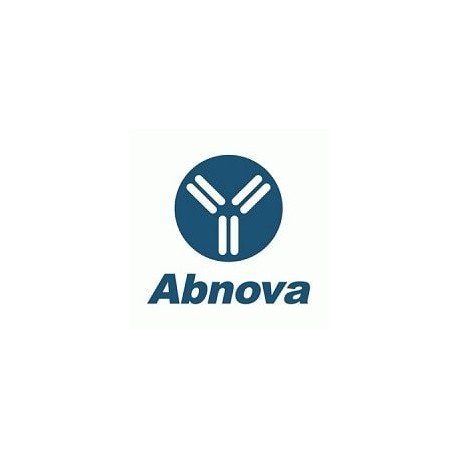Cart 0 Product Products (empty)
No products
To be determined Shipping
0,00 € Total
Prices are tax excluded
Product successfully added to your shopping cart
Quantity
Total
There are 0 items in your cart. There is 1 item in your cart.
Total products (tax excl.)
Total shipping (tax excl.) To be determined
Total (tax excl.)
Data sheet of INPP5D monoclonal antibody, clone SHIP-01
| Brand | Abnova |
| Product type | Primary antibodies |
| Reactivity | Human |
| Host species | Mouse |
| Applications | WB-Ce,Flow Cyt |
More info about INPP5D monoclonal antibody, clone SHIP-01
| Brand: | Abnova |
| Reference: | MAB3645 |
| Product name: | INPP5D monoclonal antibody, clone SHIP-01 |
| Product description: | Mouse monoclonal antibody raised against synthetic peptide of INPP5D. |
| Clone: | SHIP-01 |
| Isotype: | IgG2a |
| Gene id: | 3635 |
| Gene name: | INPP5D |
| Gene alias: | MGC104855|MGC142140|MGC142142|SHIP|SHIP1|SIP-145|hp51CN |
| Gene description: | inositol polyphosphate-5-phosphatase, 145kDa |
| Immunogen: | A synthetic peptide corresponding to N-terminus human INPP5D. |
| Form: | Liquid |
| Recommend dilutions: | Flow Cytometry (2-5 ug/mL) The optimal working dilution should be determined by the end user. |
| Storage buffer: | In PBS, pH 7.4 (0.09% sodium azide) |
| Storage instruction: | Store at 4°C. Do not freeze. Aliquot to avoid repeated freezing and thawing. |
| Note: | This product contains sodium azide: a POISONOUS AND HAZARDOUS SUBSTANCE which should be handled by trained staff only. |
| Product type: | Primary antibodies |
| Host species: | Mouse |
| Antigen species / target species: | Human |
| Specificity: | This antibody reacts with SHIP-1, a phosphoinositide phosphatase largely confined to hematopoietic cells. Multiple forms of SHIP-1 have been reported with molecular weights of 110, 125, 130, 135 and 145 KDa. |
| Reactivity: | Human |
| Application image: |  |
| Application image note: | Western Blotting analysis (reducing conditions) of human INPP5D in whole cell lysate of THP-1 (human acute monocytic leukemia cell line). Lane 1 : Immunostaining with Isotype mouse IgG1 control. Lane 2, 3 : Immunostaining with INPP5D monoclonal antibody, clone SHIP-01 (Cat # MAB3645) Lane 4, 5 : Immunostaining with INPP5D monoclonal antibody, clone SHIP-02 (Cat # MAB3646). |
| Applications: | WB-Ce,Flow Cyt |
| Shipping condition: | Blue Ice |
| Publications: | Three separable domains regulate GTP-dependent association of H-ras with the plasma membrane.Rotblat B, Prior IA, Muncke C, Parton RG, Kloog Y, Henis YI, Hancock JF. Mol Cell Biol. 2004 Aug;24(15):6799-810. |


